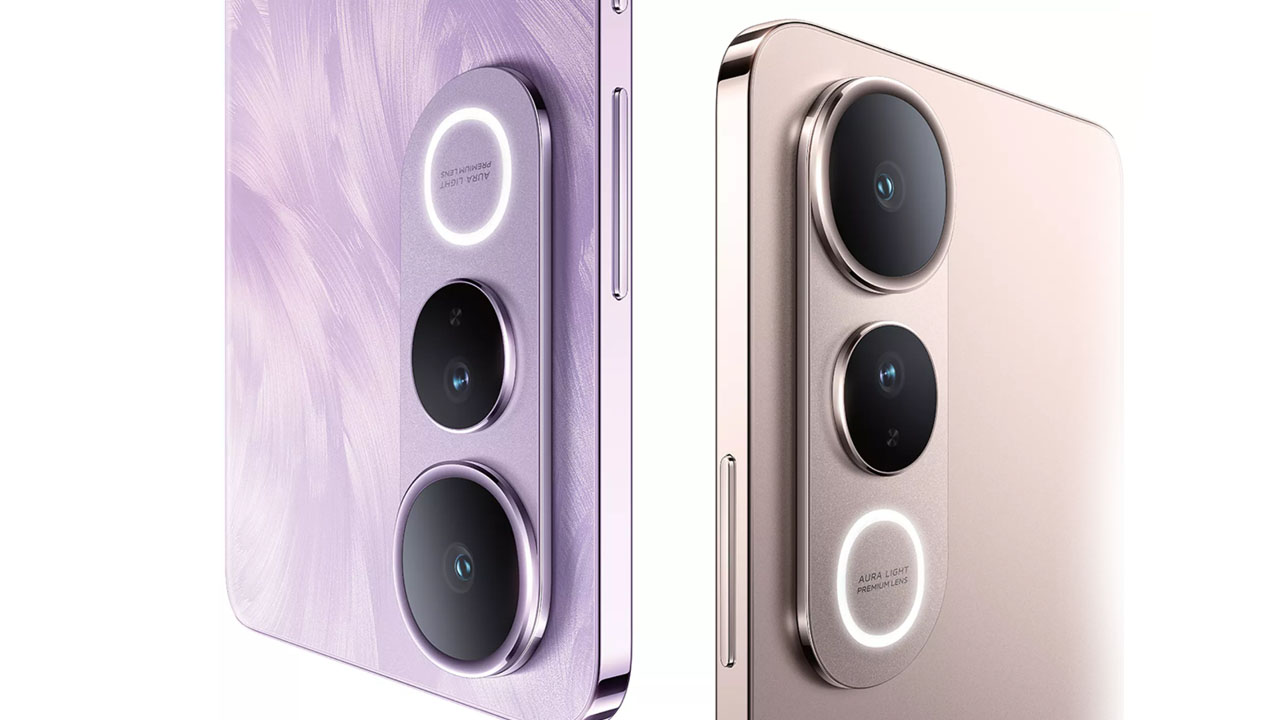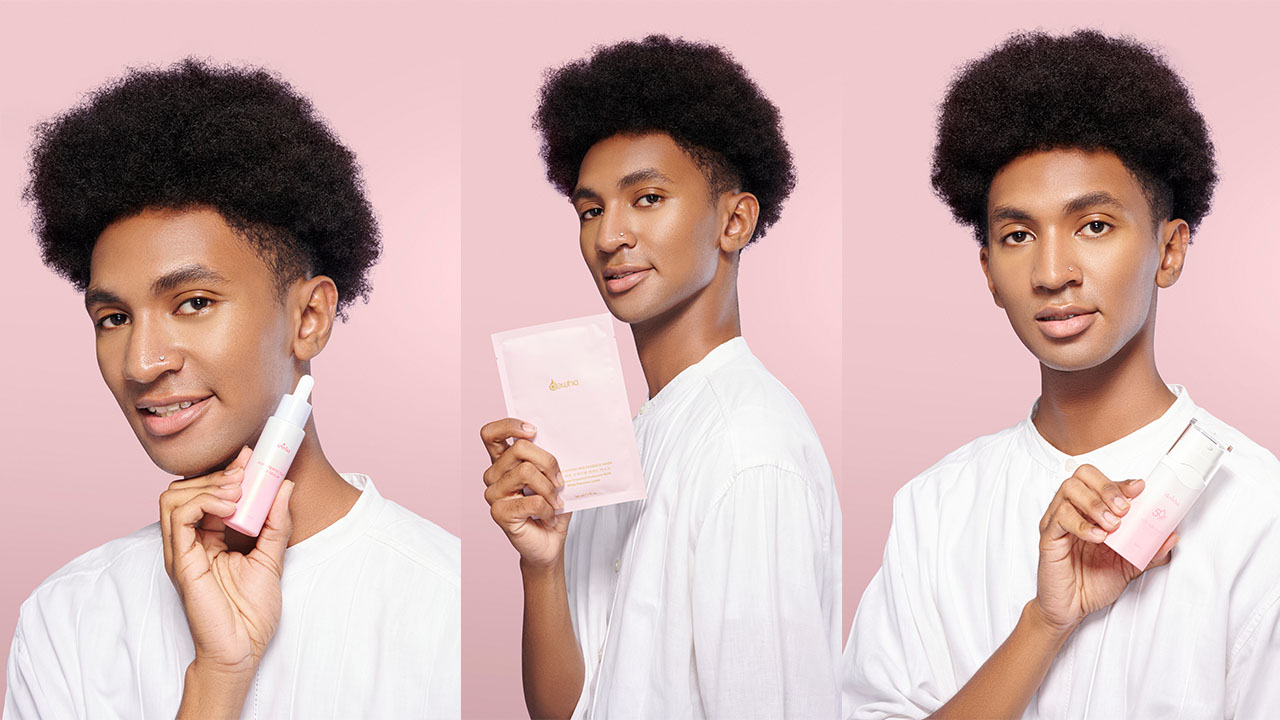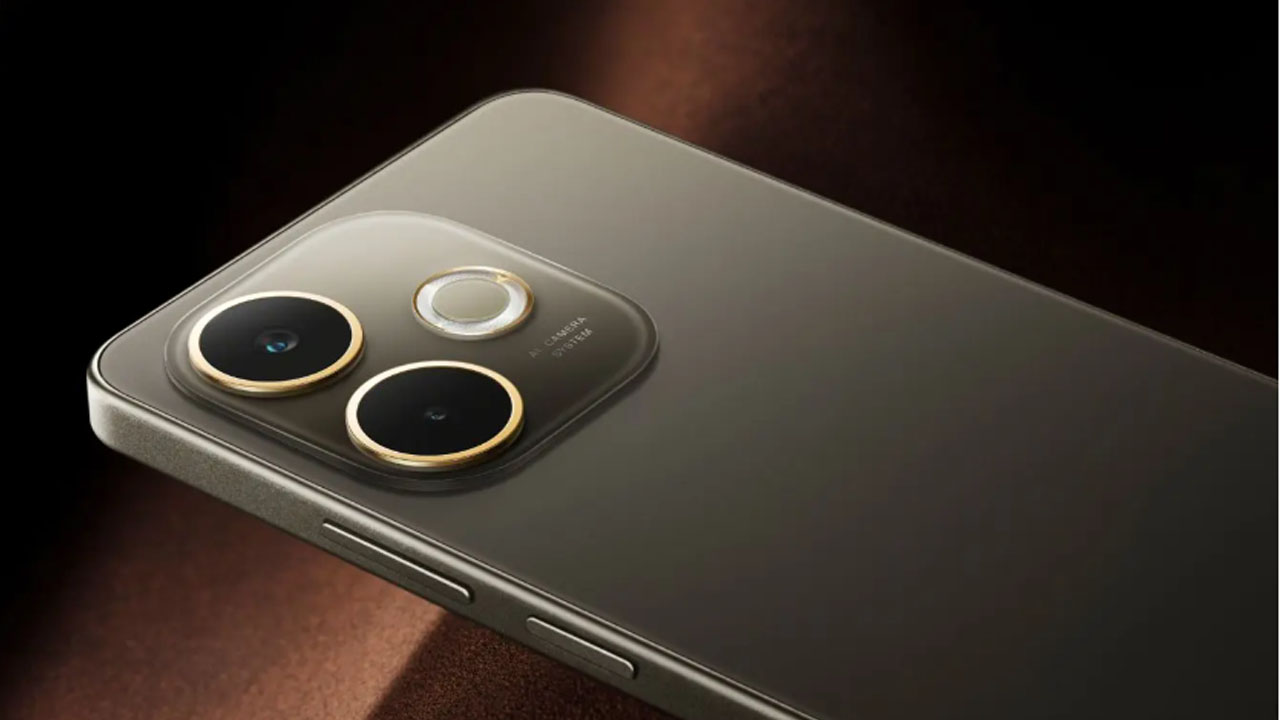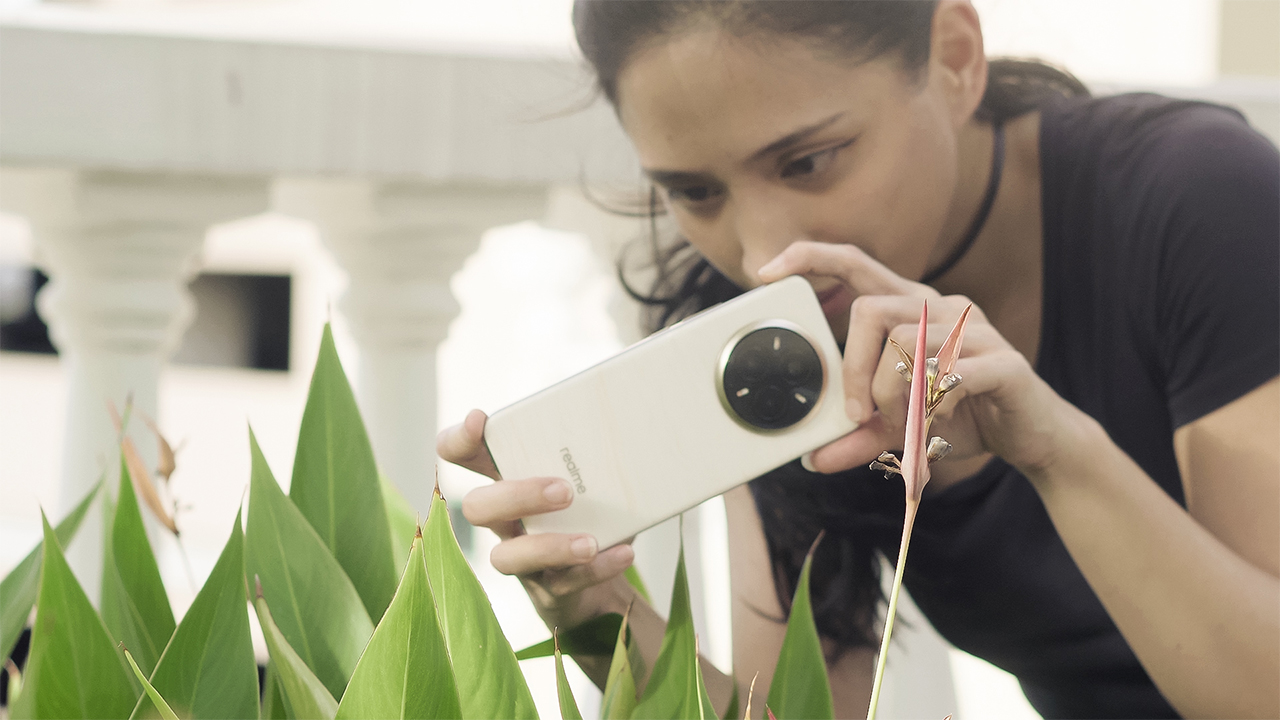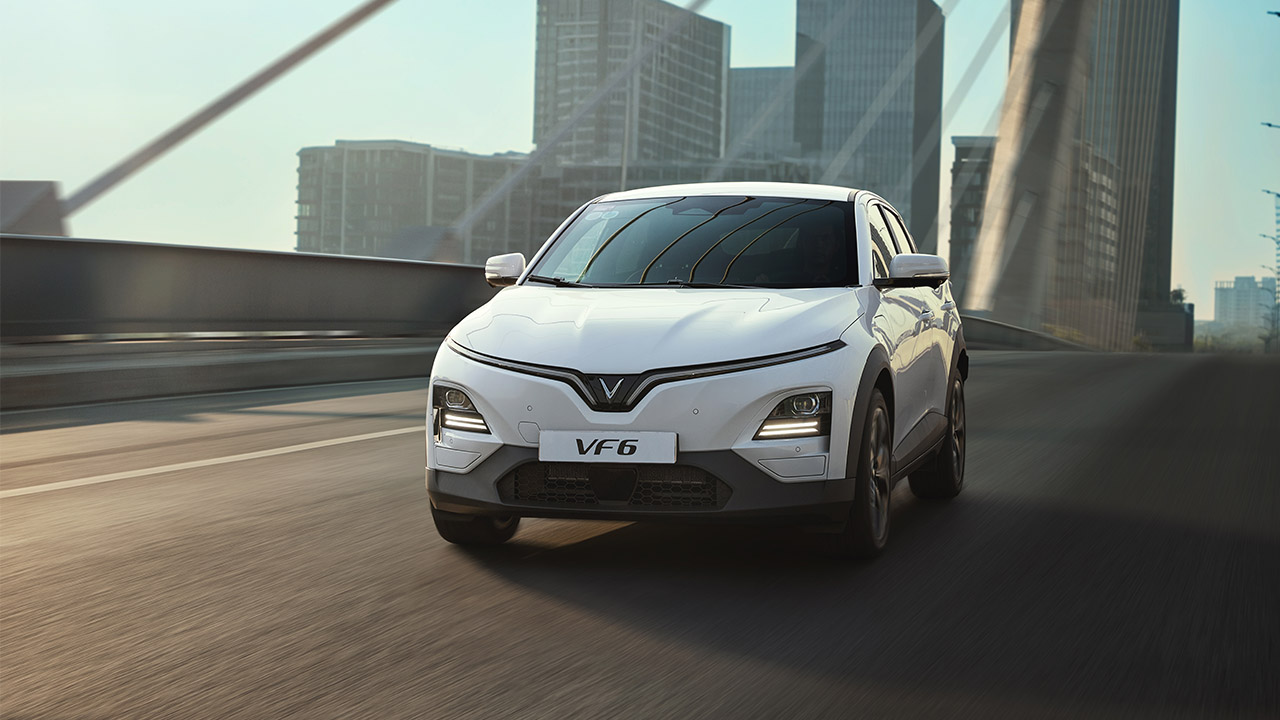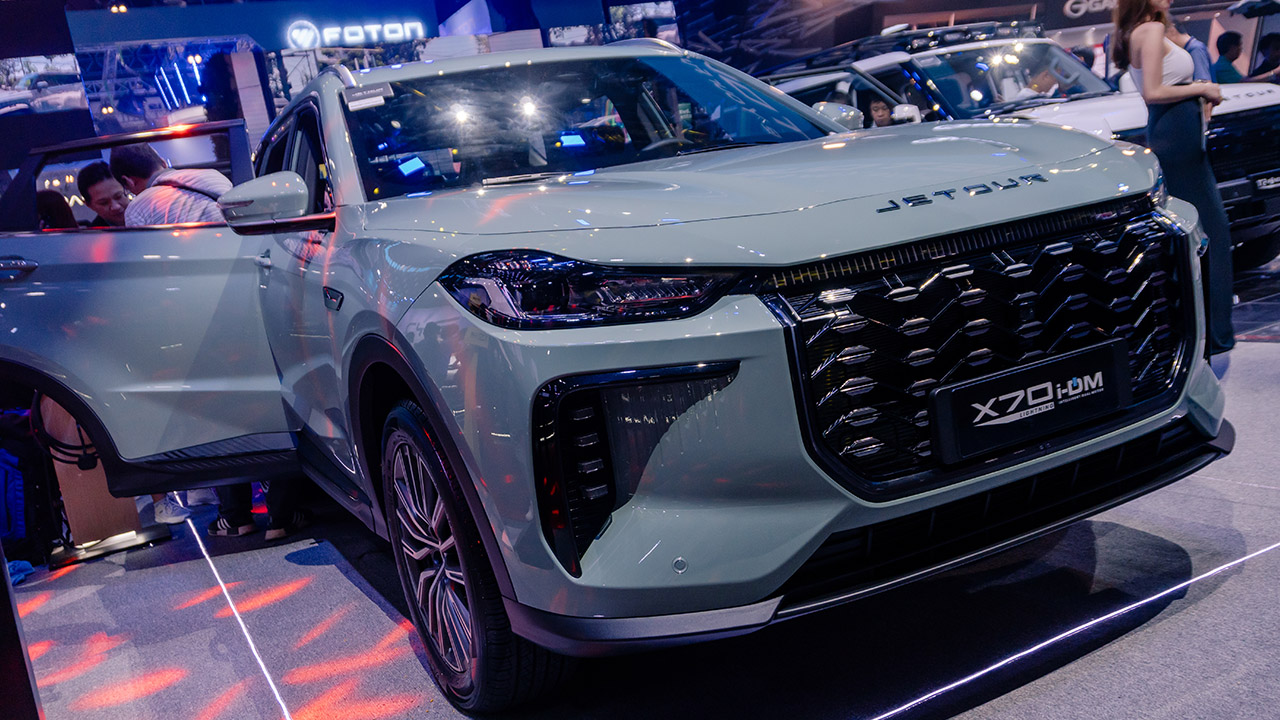There was a time that I didn’t even bother too much with mobile photography because often the quality pales in comparison and versatility almost none when compared to traditional point-and-shoot or mirrorless cameras.
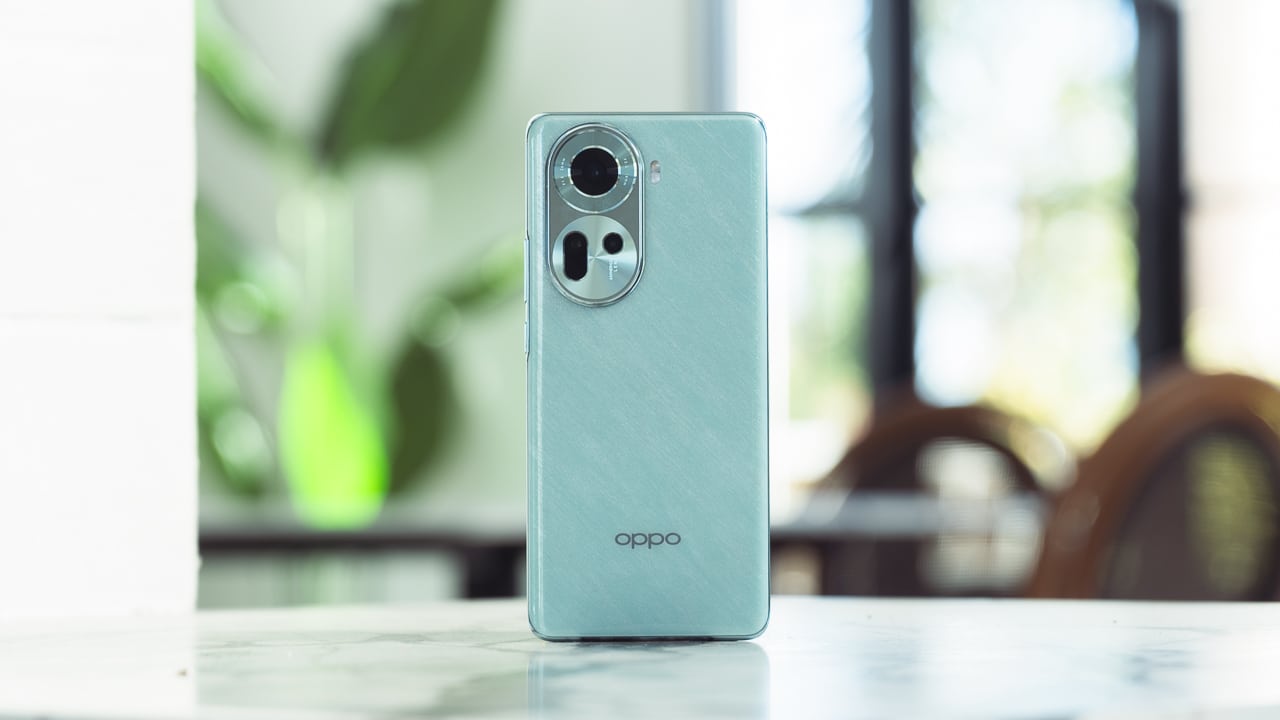
But these days? It’s a whole different story. For years many devices would claim that their cameras could take “professional-level” photos but of late, it’s not an impossibility.
Last year, one of the phones that really impressed me was the OPPO Reno10 Series 5G or – and it was because of that telephoto lens. If you’ve been noticing, it’s this year’s buzzword when it comes to smartphone photography – telephoto.
So why all the fuss? What is a telephoto lens and what makes it worth talking about? What kind of photos can you get with it and how is it different or better from your main camera which is usually the best?
What is a telephoto?
In the simplest definition, a telephoto lens is a zoom lens; it makes distant objects closer. And despite the simplicity of its function, it’s actually a much-needed and much-wanted addition to the mobile photography scene.
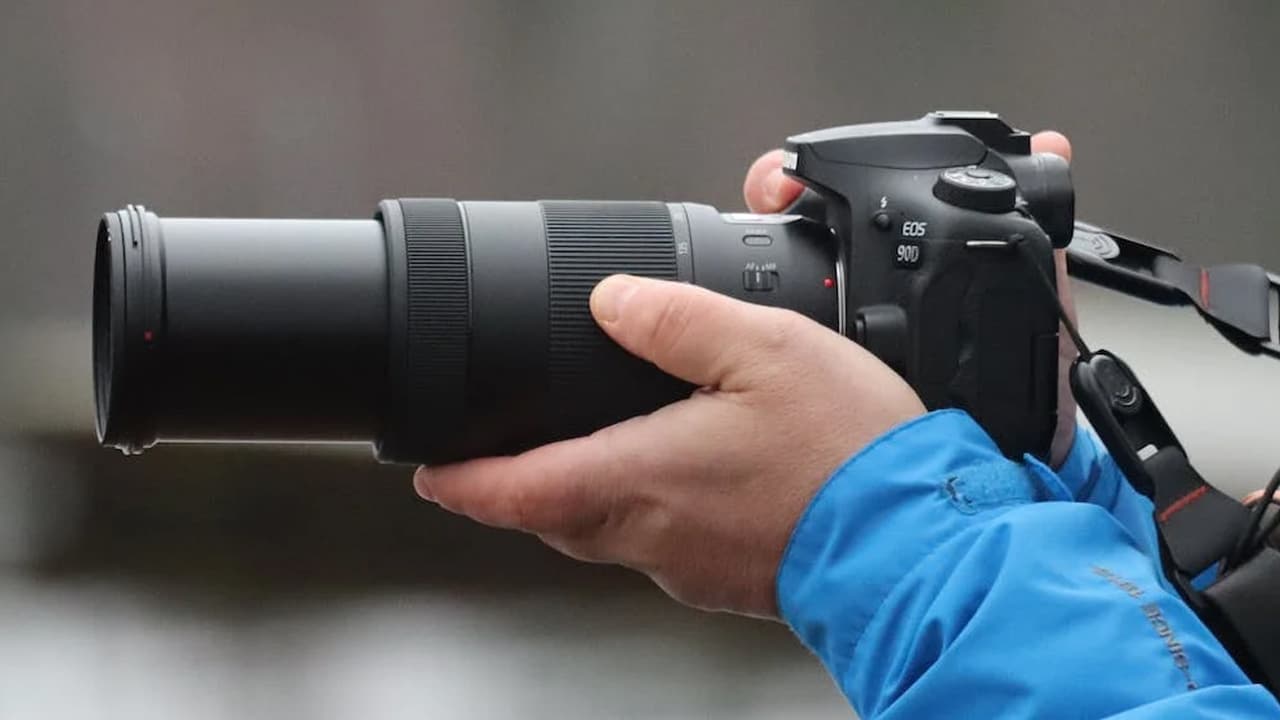
Delving more into the specifics, a telephoto lens is often used in wildlife, sports, or events where you’ll need a variety of focal lengths to capture different fast-moving scenes and subjects. You can also shoot from a distance to keep from disturbing your subject or if you’re after a more candid shot.
It zooms in optically using a group of lenses that direct light with mirrors to capture an image from afar. This results in better-quality photos with much more detail and better background separation.
What kind of photos can you take with it?
Telephoto lenses have also been the choice for many street and portrait photographers because of their versatility and general look. These lenses compress backgrounds and create soft bokeh which is essential for a good portrait photo. You also are provided with a variety of focal lengths at your disposal which adds flexibility when shooting.

Often built with wide apertures, these lenses are great at keeping a subject in focus because they can induce a great deal of background blur while still keeping most of the subject sharp. Compared to lenses with fixed focal lengths, telephoto lenses are better at focusing larger subjects, like humans or pets, which again, make them perfect for portrait, street, and all sorts of photography.
One of the biggest downsides of a traditional telephoto lens, however, is that these are often bigger, bulkier with longer barrels, and require a bit more technical know-how to use. That and they’re quite expensive, too.
What about on smartphones?
It was around 2017 that the telephoto lenses started making their way into the mobile photography scene but being fresh tech at the time, there was plenty of room for improvement.
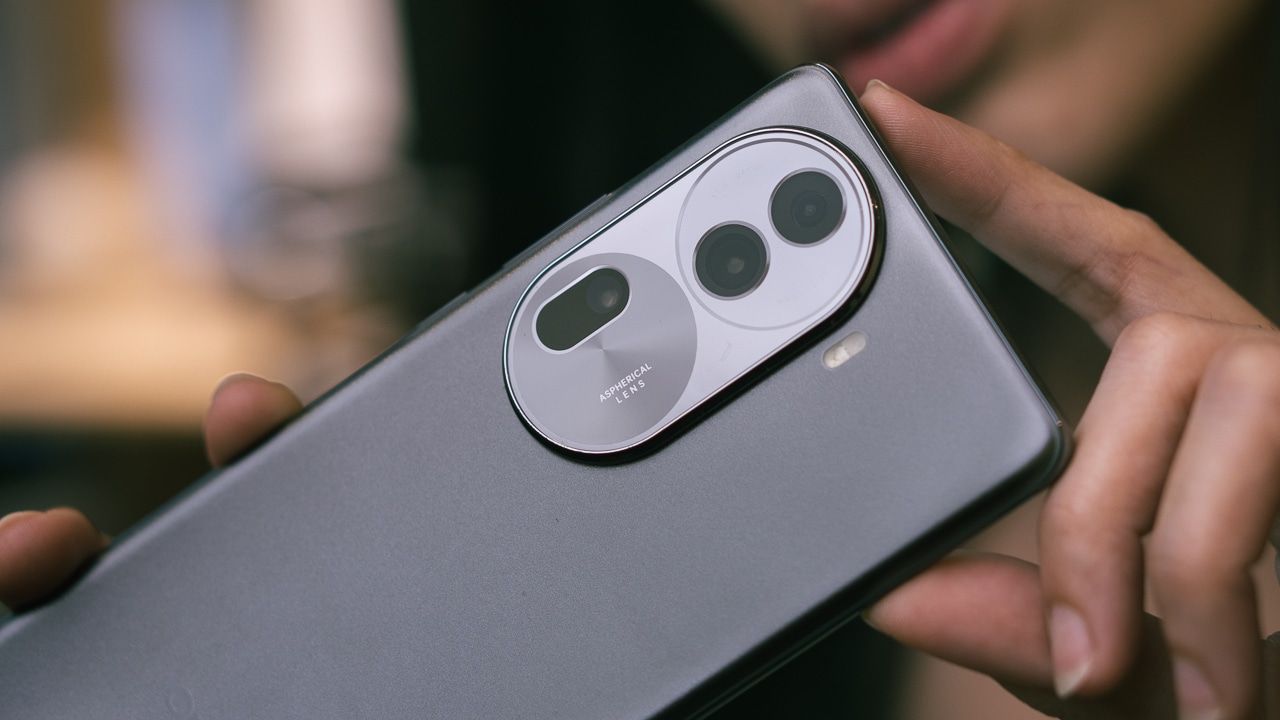
At that time, many focused on offering digital zoom, which had limitations in terms of quality. For example, most zoomed-in shots were unusable in real-life
It’s 2024 now and there are already a handful of smartphones offering telephoto lenses with optical zoom this time around. Those who dabble in photography or know a bit about lenses will know that their inclusion is a big deal because of the quality upgrade it brings.
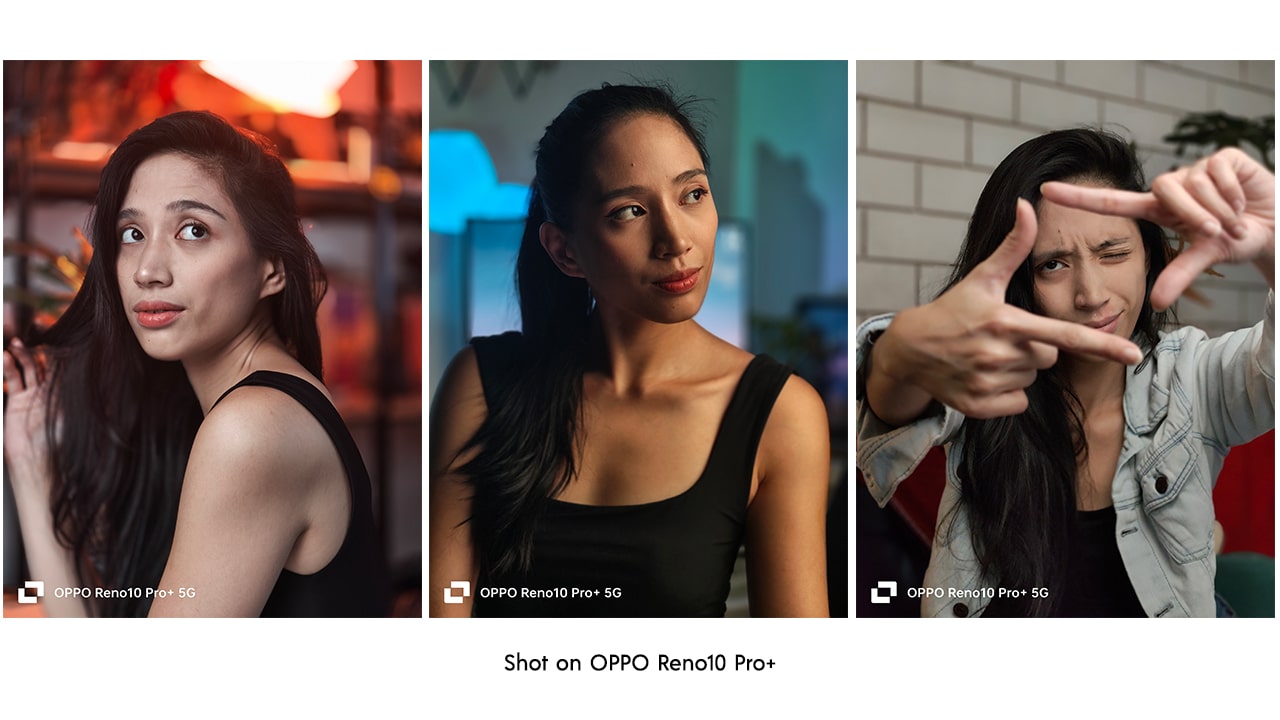
Why? Because we get to zoom in at a hardware level. Optical zoom, as the name implies, uses the camera’s optics or glass to close the distance on a subject as opposed to digital which, well, digitally or artificially zooms in on the subject often resulting in noisy, pixelated photos.
Is it worth getting?
I honestly would recommend and have been recommending smartphones with telephoto lenses to those asking me about the best cameras for travel, OOTDs/lifestyle content, and even to more serious photographers looking to add a smartphone to their shooting arsenal.
There is a tiny learning curve for beginners who need to adapt to shooting from afar (focusing distance usually isn’t too close with telephoto lenses) but once you understand how the cameras work, you’ll be amazed at the shots you can take.
Last year, one of the devices that impressed me was the OPPO Reno10 Pro+ 5G because not only did it have a telephoto lens with optical zoom, but it also had a separate sensor that helped in producing quality shots even during low light. And the portrait shots, in particular, were rather excellent.
So when I heard that the OPPO Reno11 Series 5G was on its way to the Philippines, I was excited to see what it improved on.
While both devices in the Reno11 series carry the same megapixel counts on their triple cameras – 50-megapixel main, 32-megapixel portrait/telephoto, and 8-megapixel ultra-wide – the differences lie in their sensors.

If you want to get into the nitty-gritty of its camera specs, we did write about that too. But what you’ll essentially want to know is that this year, we have new sensors and improved software on board. Notably, the base variant Reno11 5G is now equipped with a new Sony LYT600 sensor as the main camera – the little brother of the sensor found on the OPPO Find X7 Ultra, OPPO’s flagship camera phone.
But given we’re talking about telephoto lenses, let’s talk about telephoto lenses.
Interestingly, both devices carry the same hardware setup – a 32-megapixel portrait camera with a Sony IMX709 lens – but the Pro variant has a slight edge. Exclusive on the Pro variant is the company’s flagship algorithm, a refined version of OPPO HyperTone Engine, which utilizes advanced post-processing and AI to result in richer, more true-to-life color reproduction and smarter denoising and demosaicing.
Final thoughts
Echoing my sentiments at the start of this article, smartphone cameras are really impressive these days.
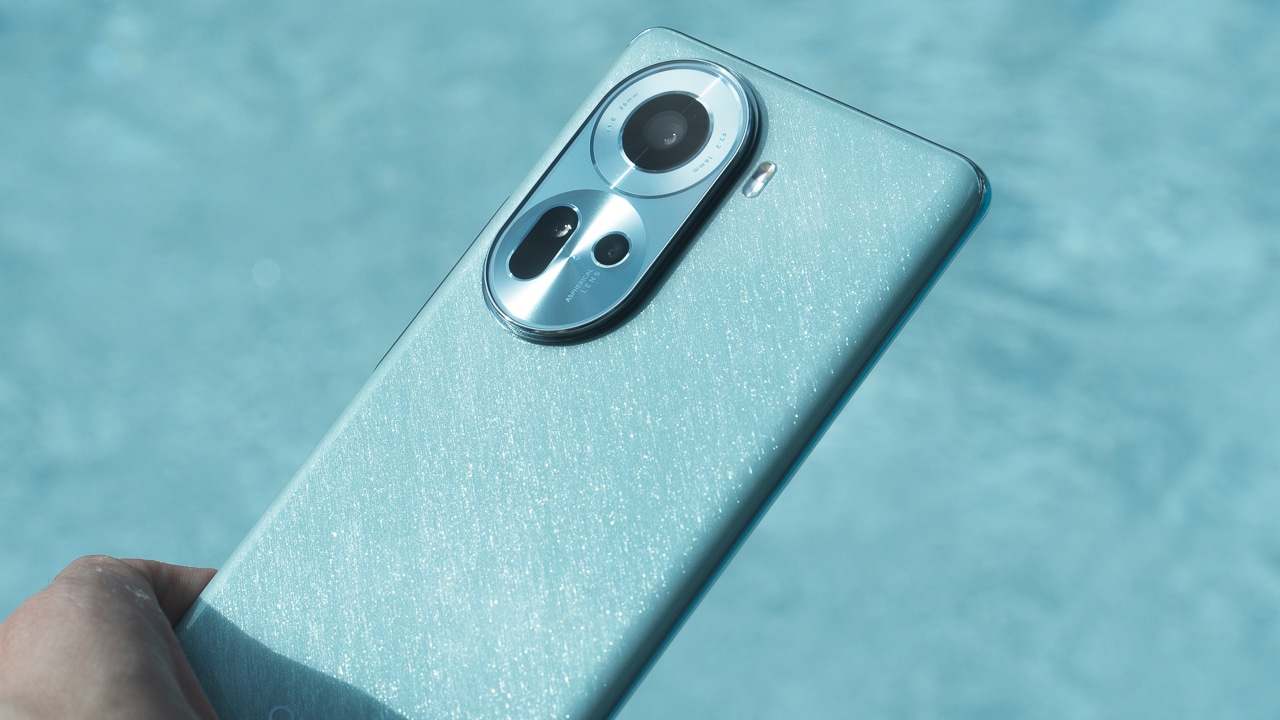
While every so often there are those over-hyped gimmicky features, the inclusion and development of an effective telephoto lens with optical zoom is not that at all and is a step forward for mobile photography.
It can go many ways from here – to developing more advanced algorithms that stand-alone cameras won’t be able to do to have a full range of focal lengths available in your pocket, smartphone cameras are getting more versatile with each release.
And what’s great is the accessibility. Handling a smartphone isn’t as complicated or intimidating as handling a mirrorless camera, for example, so anyone can try it out.
Price and Promos
The OPPO Reno11 Series 5G, which includes the base and Pro variants, are both now available in the Philippines for PhP 24,999 and PhP 31,999 respectively. Additionally, the OPPO Reno11 Series 5G is also available through the company’s official e-commerce channels on Lazada, Shopee, and TikTok as well as through its telco partners Globe or Smart.
The OPPO Reno11 Series 5G is also available through installment plans via Home Credit and select credit cards.
This post is sponsored by OPPO Philippines.

